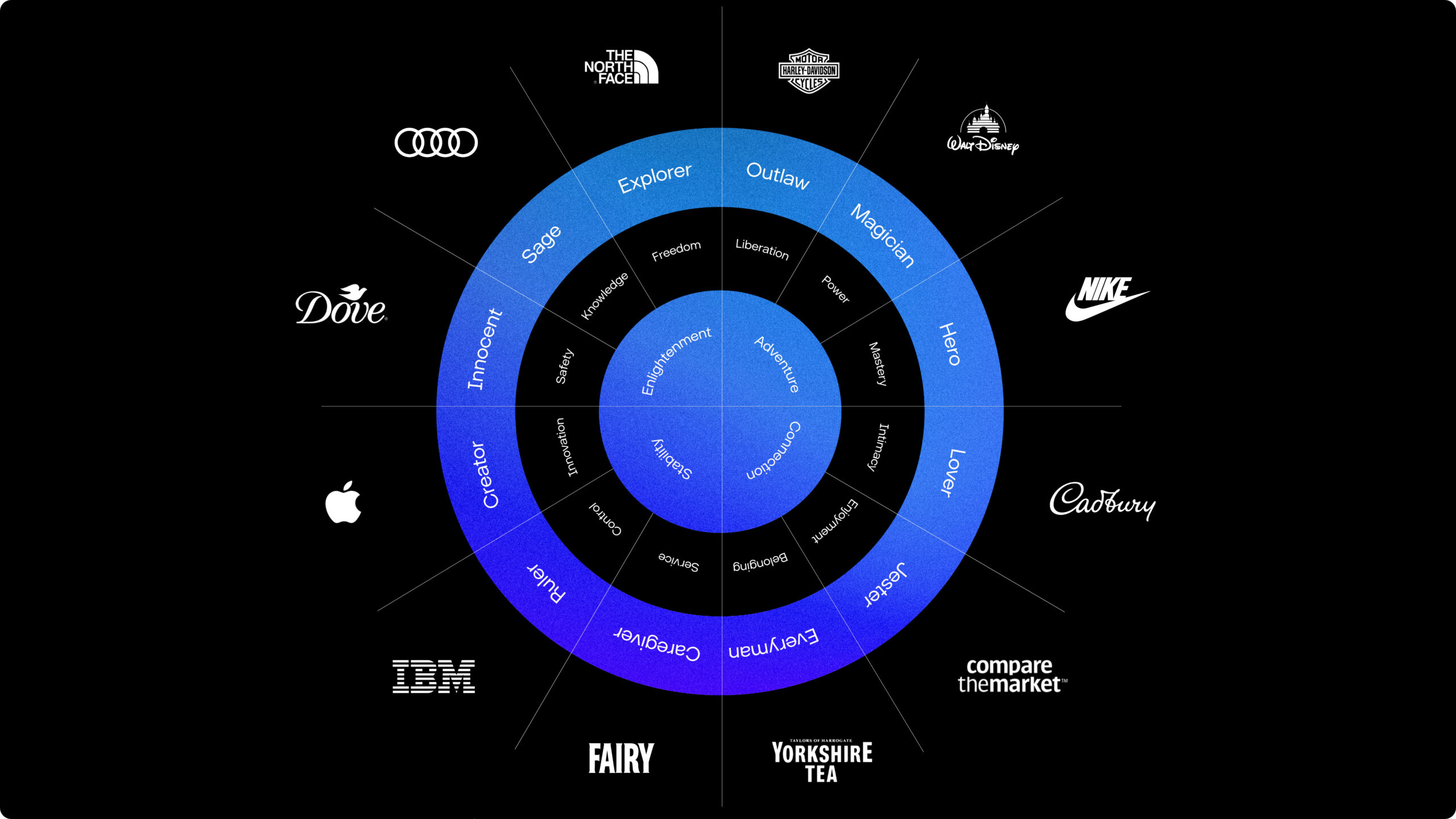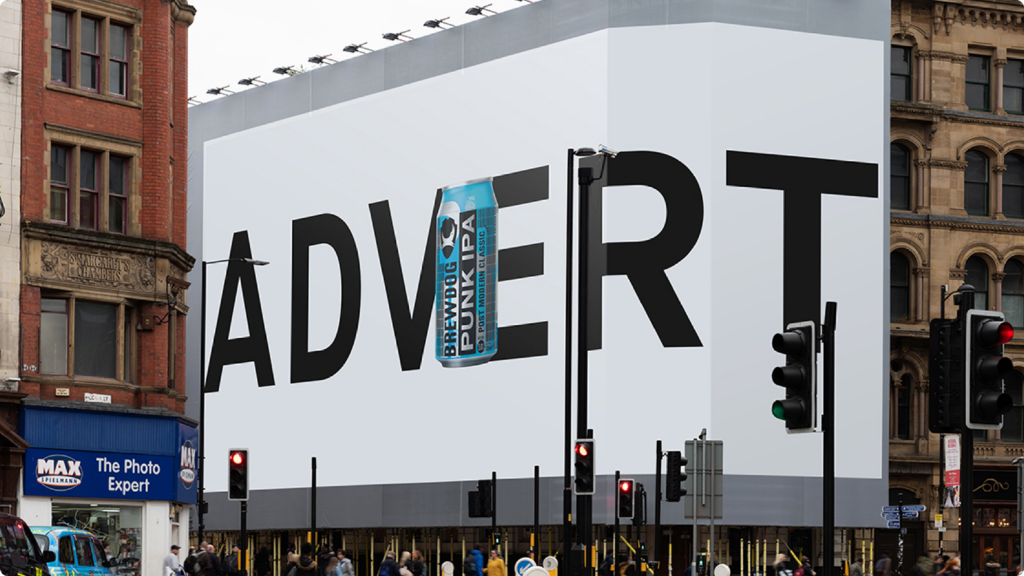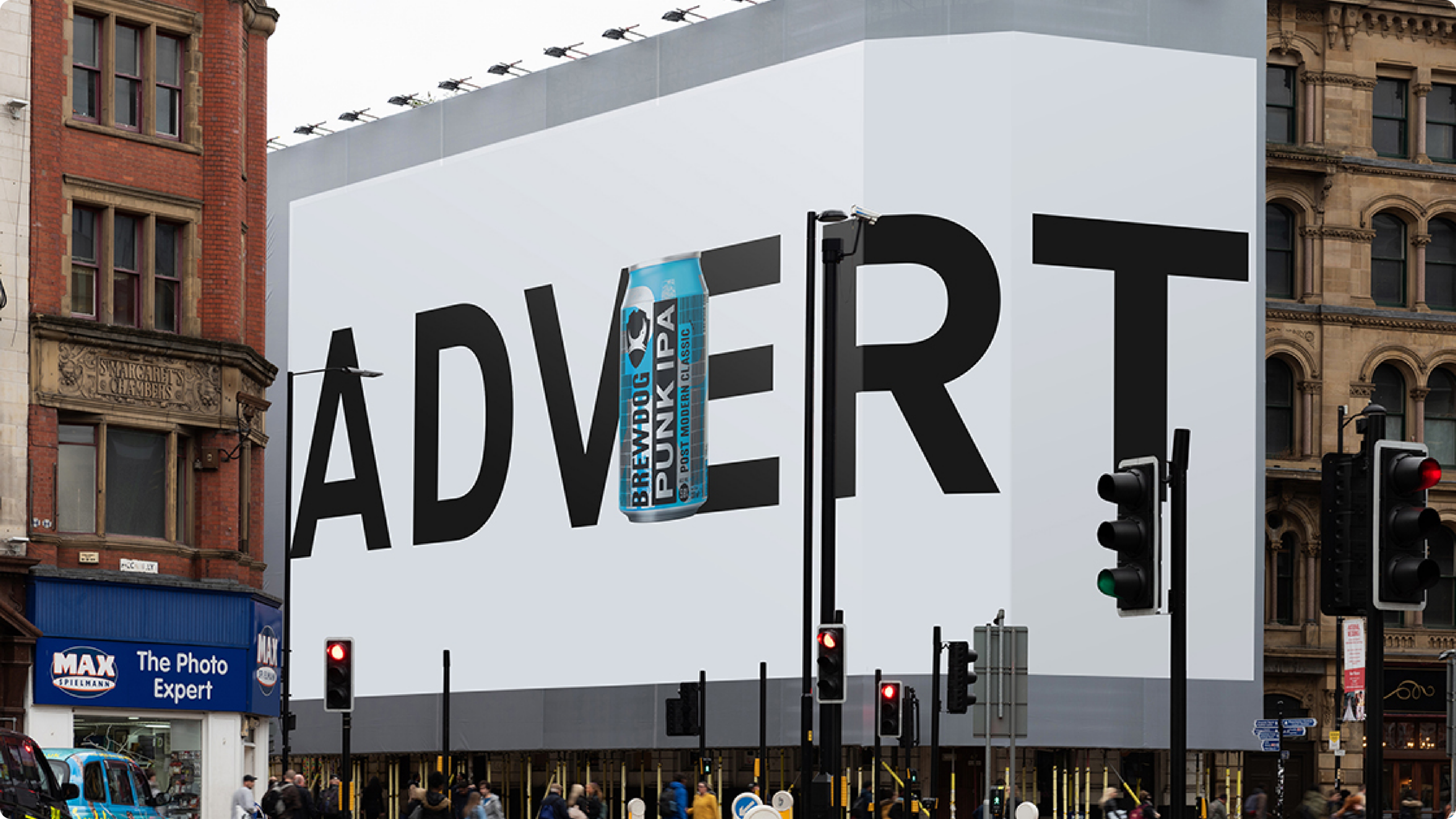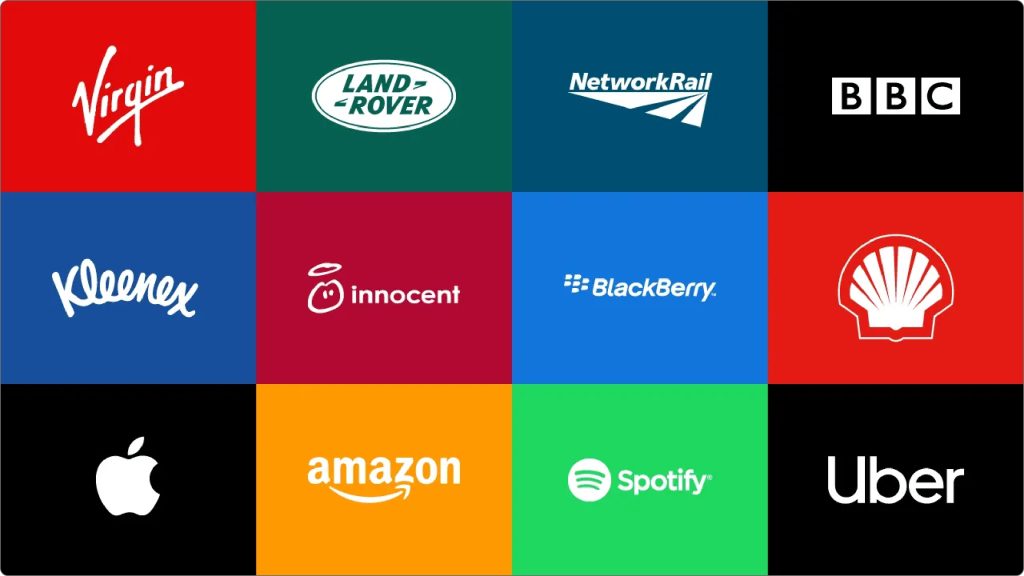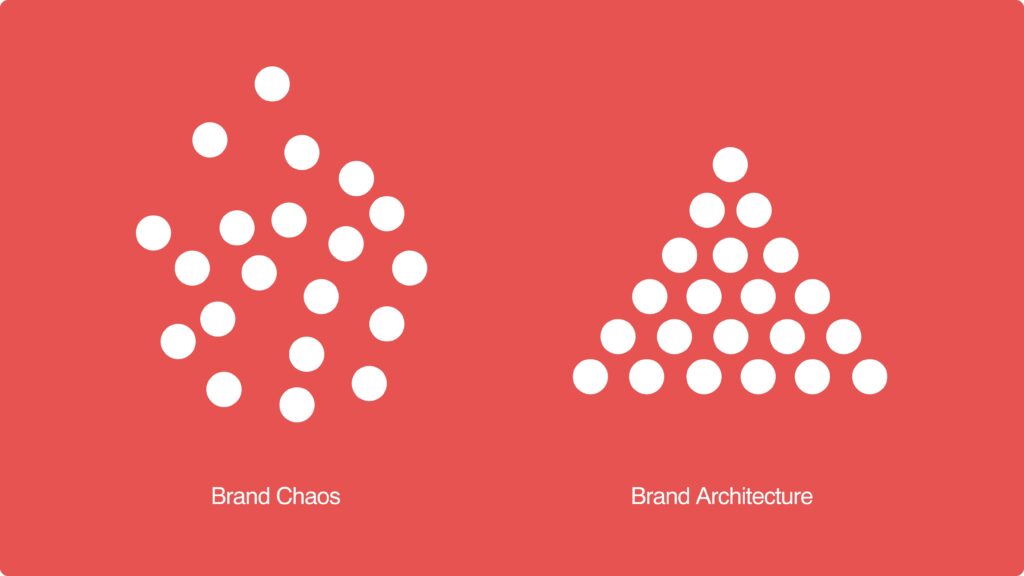
Navigating Brand Architecture
Author: Tom Ellis
Date: 24.10.23
Read time: 2-3 minutes

Navigating the intricate world of brand architecture can initially seem as challenging as solving a Rubik’s Cube blindfolded. But fret not, for we’re here to demystify this crucial aspect of branding. Think of it as the architectural blueprint for your brand, the roadmap that determines how every brand, product, or service fits into the grand design.
Brand architecture, stripped down
Brand architecture, in the world of marketing, may initially sound as bewildering as trying to solve a Rubik’s Cube blindfolded. But fear not, for we’re here to decode this pivotal facet of branding. Picture it as the architectural blueprint for your brand, determining how every brand, product, or service slots into the grand design.
Unraveling brand architecture
So, what precisely is brand architecture? Consider it the blueprint of your brand, dictating how each sub-brand or product relates to the bigger picture. It’s your brand’s genetic code, influencing how everything is structured and serving as a compass for future brand expansions.
Why should marketers take heed?
Marketers, this is your guiding star in the branding cosmos. It advises when to stay faithful to your brand’s core and when to venture into uncharted territories. Take Virgin, for example; it aligns new brands with its existing ones, ensuring a cohesive and unified approach to marketing. However, if you’re playing a different branding game, you have the liberty to chart your own course.
The master brand and brand extensions
Before we delve deeper, let’s grasp a couple of concepts: the master brand and brand extensions. The master brand is the big cheese, the parent brand overseeing all other branded offerings. Think of Procter & Gamble (P&G), with brands like Gillette, Ariel, and Pantene under its umbrella. These are brand extensions – new products or services under a familiar brand umbrella.
Brand extension versus line extension
Line extensions are like new flavours of your favourite snacks. Brand extensions, however, are akin to Coca-Cola launching an aftershave. They’re leaps into uncharted territory, offering something entirely different.
Cracking the code of brand architecture
There are four primary brand architecture types, each with its unique strategy and benefits:
Branded House (Monolithic): Think Apple. It’s a robust parent brand with child brands like Apple Music, Apple TV, and Apple Watch. This architecture seamlessly integrates new offerings while maintaining the overall brand identity.
Endorsed: Like Kellogg’s with Rice Krispies and Coco Pops, the parent brand lends credibility to subsidiary brands. Trust in the parent brand extends to its offspring, and vice versa.
House of Brands: Procter & Gamble operates this way, with well-known brands like Gillette, Tide, and Pantene. Each brand operates independently, targeting specific audiences. Failures in one brand don’t tarnish others.
Hybrid: This combines elements of Branded House and House of Brands. Toyota is a prime example, with Toyota, Lexus, and Scion maintaining distinct identities while sharing associations.
Plotting your brand’s trajectory
How do you determine your brand architecture? Start by comprehending your audience. Understand your target customers and their unique needs. Then, evaluate if your brands can stand independently. Highlight their strengths and differentiators. Craft a compelling brand story that strikes a chord.
Whether you’re navigating a branded house, endorsed, house of brands, or a hybrid model, the key is to align your architecture with your brand’s DNA. It’s akin to orchestrating a harmonious symphony, where every note plays its part.
More insights
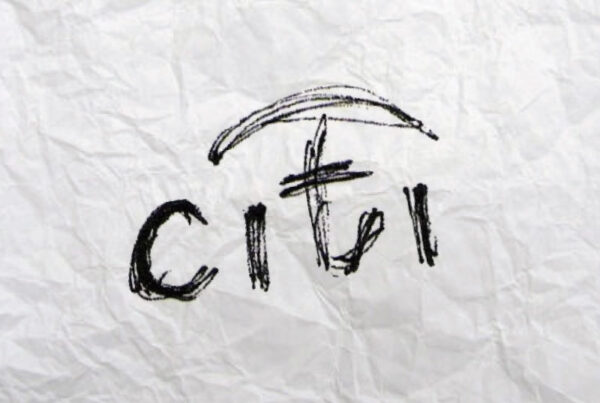


© 2024 by Tom Ellis
Privacy policy
© 2024 by Tom Ellis


